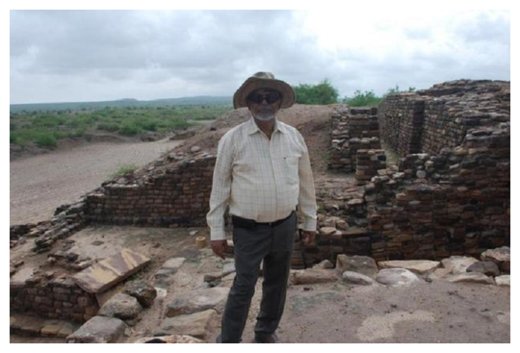OF THE
TIMES
I've had enough of someone else's propaganda. I'm for truth, no matter who tells it. I'm for justice, no matter who it's for or against. I'm a human being first and foremost, and as such I am for whoever and whatever benefits humanity as a whole.
Sadly, the next time it will be the same. Most people will do whatever they are told, whatever the consequences. In a way, I think there are...
Is mRNA a Vaccine or Gene Therapy? Why Does Dr. Drew Still Vaccinate Elderly Patients? w/ Tom Renz & Ex-Pharma Executive Sasha Latypova – Ask...
P.s. creation did not create me. Allah did. He is Sovereign. If by creation you meant God, maybe you will overstand my point when I say He at the...
"and consistently she does not put in that level of work." - Of course not, she's a 'diversity' hire, not a meritocracy hire. Crikey, what did you...
"allowing employees to "report unsafe events confidentially while being protected from BNSF disciplinary action and FRA enforcement." Why is this...
To submit an article for publication, see our Submission Guidelines
Reader comments do not necessarily reflect the views of the volunteers, editors, and directors of SOTT.net or the Quantum Future Group.
Some icons on this site were created by: Afterglow, Aha-Soft, AntialiasFactory, artdesigner.lv, Artura, DailyOverview, Everaldo, GraphicsFuel, IconFactory, Iconka, IconShock, Icons-Land, i-love-icons, KDE-look.org, Klukeart, mugenb16, Map Icons Collection, PetshopBoxStudio, VisualPharm, wbeiruti, WebIconset
Powered by PikaJS 🐁 and In·Site
Original content © 2002-2024 by Sott.net/Signs of the Times. See: FAIR USE NOTICE

Reader Comments
to our Newsletter